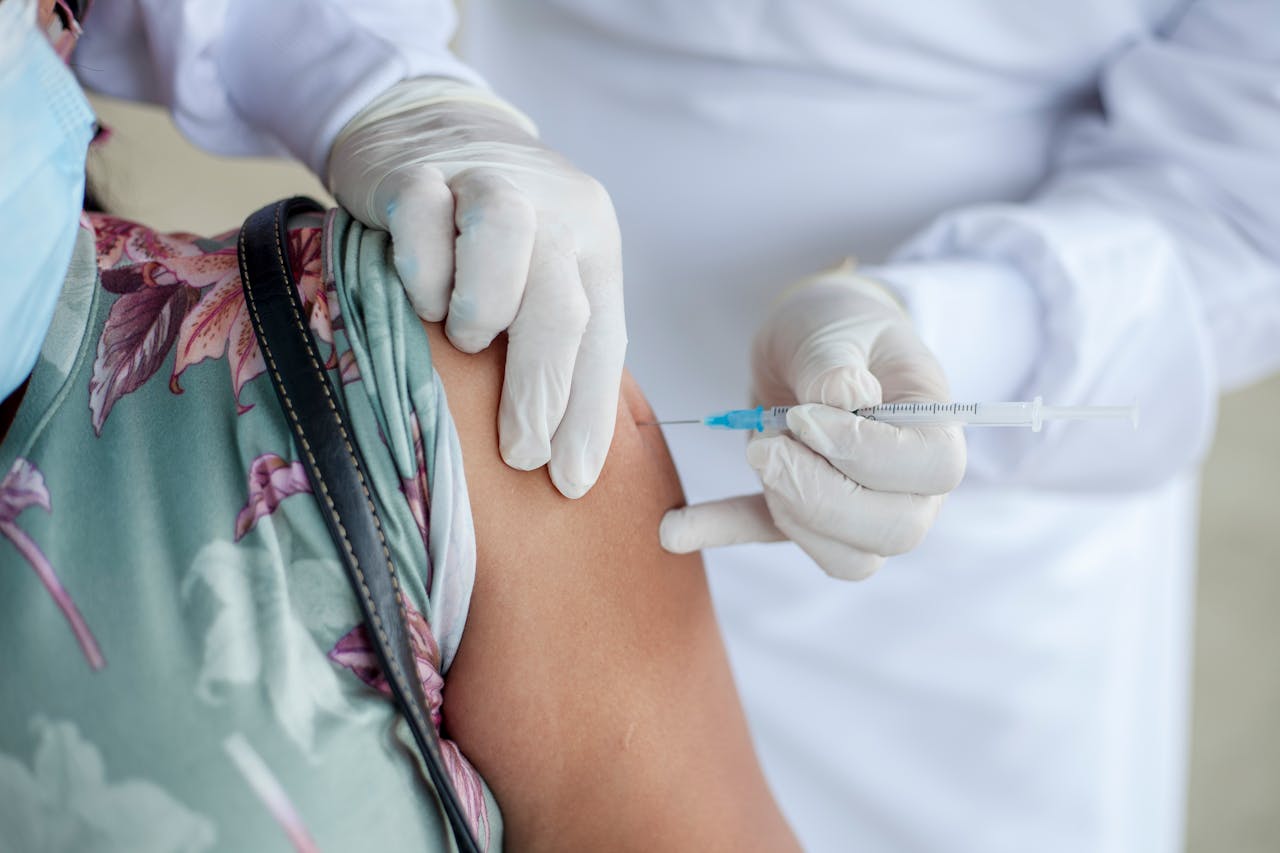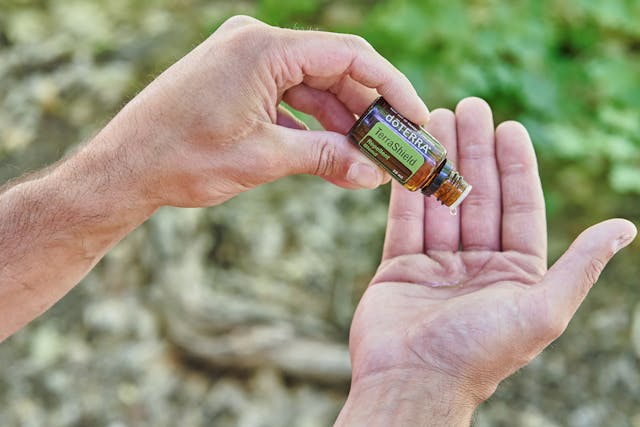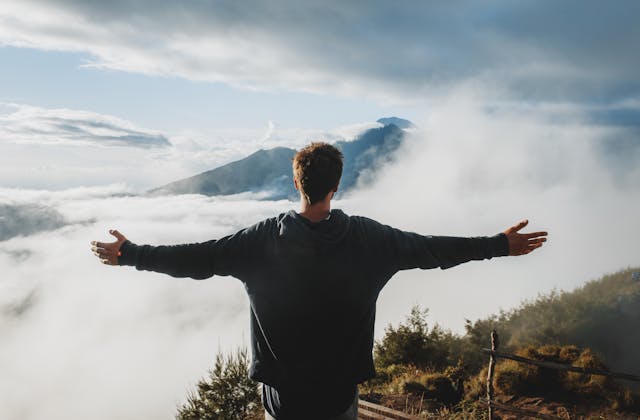Comprehensive Guide and Health Tips
Welcome to Peru, a land of breathtaking beauty, ancient mysteries, and vibrant cultures awaiting discovery. As you prepare to embark on your journey through this enchanting country, make sure your health and well-being are top priority. In this comprehensive guide, we invite you to explore Peru's rich tapestry of landscapes and traditions while arming yourself with the knowledge and resources you need to confidently navigate the country's health landscape.
Peru encourages visitors with its diverse terrain, which ranges from the majestic Andes to the lush depths of the Amazon rainforest. However, in addition to the breathtaking views and archaeological wonders, there are health concerns that must be addressed. From necessary vaccines to precautions against altitude sickness and mosquito-borne diseases, this guide is your reliable companion, providing insights and recommendations to help you explore Peru safely and responsibly.
Let's explore further into the critical aspects of health preparation for your Peruvian adventure, ensuring that your journey is not only memorable but also safe from potential health risks.
Understanding the Health Landscape in Peru: Preparing for Your Adventure
Peru's geographical diversity provides a tapestry of landscapes, each with unique health implications. Travelers visiting high-altitude Andean regions such as Cusco and Machu Picchu should be prepared for altitude sickness, while those exploring the Amazon basin's tropical rainforests should be wary of mosquito-borne diseases such as malaria and yellow fever. Furthermore, crowded cities like Lima pose challenges such as food and water safety concerns. Understanding these regional differences is critical for travelers to protect their health throughout their Peruvian adventure.
In addition to regional considerations, travelers must be aware of global health issues, such as the ongoing COVID-19 pandemic. To reduce the risk of transmission, follow local guidelines and protocols such as mask wearing and social distancing. Furthermore, staying up to date on vaccinations, including those recommended by the CDC and WHO for Peru, such as typhoid, hepatitis A, and yellow fever, is critical for a comprehensive health preparedness plan. By taking proactive measures and staying informed, travelers can embark on their Peruvian adventure with confidence, knowing that their health and well-being will be prioritized at all times.
Essential Vaccines for Peru: Protection Against Common Diseases

When planning a trip to Peru, it is critical to ensure that you are properly vaccinated against the region's common diseases. Typhoid, hepatitis A, polio, and yellow fever are all recommended vaccines. These vaccinations not only protect you from potential health risks, but also help to prevent the spread of infectious diseases while you travel. Travelers can enjoy their Peruvian adventure with peace of mind knowing that they have taken important steps to prioritize their health and well-being by receiving the necessary vaccinations in advance.
Yellow Fever Vaccine: Mandatory Requirement for Jungle Exploration
Obtaining the yellow fever vaccine is a mandatory requirement for travelers planning to explore Peru's lush jungles. This critical vaccination is recommended for all individuals over the age of nine months who travel to specific regions below 2,300 meters, including Amazonas, Loreto, and Madre de Dios, among others. By following this vaccination requirement, travelers can reduce their risk of contracting yellow fever, resulting in a safer and more enjoyable exploration of Peru's captivating jungle landscapes.
COVID-19 Considerations: Navigating Travel During the Pandemic
Given the ongoing challenges posed by the COVID-19 pandemic, travelers to Peru must prioritize adherence to local health regulations and travel advisories. These precautions frequently include the use of masks, social distancing, and strict hygiene practices. Furthermore, travelers are strongly advised to consider receiving COVID-19 vaccinations before embarking on their journey, thereby strengthening personal and public health safeguards during these unprecedented times.
The presentation of a vaccination card is no longer required to enter the country. Read more here.
Preventive Measures Against Mosquito-Borne Diseases: Staying Safe in Peru

The prevalence of mosquito-borne diseases in Peru, such as dengue, Zika, and chikungunya, emphasizes the importance of strong travel precautions. These diseases are primarily transmitted through the bites of infected Aedes mosquitos, which are prevalent in both urban and rural areas across the country. To reduce the risk of infection, travelers should use EPA-registered mosquito repellents with active ingredients such as DEET, picaridin, or oil of lemon eucalyptus (OLE). Furthermore, using mosquito nets while sleeping and wearing long-sleeved shirts and pants, especially at dawn and dusk when mosquito activity is high, can provide additional protection from bites.
Furthermore, travelers should be cautious about mosquito exposure by avoiding stagnant water sources where mosquitoes breed, such as uncovered water containers or discarded tires. It is also critical to educate people on the symptoms of mosquito-borne illnesses and to seek medical attention as soon as possible if they suspect they have been infected.
By following these precautions, travelers can enjoy their Peruvian adventure with greater peace of mind, knowing they have taken proactive steps to protect their health from mosquito-borne diseases.
Altitude and Soroche: Precautions for High-Altitude Regions

When visiting Peru's high-altitude regions, such as Cusco and Machu Picchu, travelers should take precautions against altitude sickness, also known as "soroche." Acclimatization is critical in reducing the risk of this condition, emphasizing the importance of gradually ascending to higher elevations and giving the body time to adjust to lower oxygen levels. Being aware of symptoms such as headache, nausea, fatigue, and shortness of breath is critical, as early detection can lead to necessary interventions to prevent the onset of serious complications. Furthermore, staying hydrated, avoiding strenuous physical exertion during the first few days at high altitude, and consulting healthcare professionals for advice on altitude sickness prevention strategies can improve travelers' safety and well-being during their Peruvian expedition.
Food Safety and Potable Water: Avoiding Food and Waterborne Illnesses
Ensuring food and water safety is critical for travelers seeking to stay healthy during their Peruvian journey. Adhering to strict hygiene practices, such as only eating cooked foods and beverages in sealed containers, significantly reduces the risk of contracting food and water-related illnesses. Furthermore, exercising caution when selecting dining establishments and ensuring that water has been adequately treated before consumption are critical steps in protecting against gastrointestinal illnesses. Prioritizing these preventive measures allows travelers to reduce the likelihood of encountering health-related challenges while fully enjoying Peru's rich cultural and culinary offerings.
Exploring Peru promises unforgettable experiences and adventures. By prioritizing your health through essential vaccines, preventive measures, and solid health advice, you can explore the wonders of Peru with confidence and peace of mind.
Ready to embark on your Peruvian adventure? Book your trip now and start the adventure of a lifetime.
Thank you for reading!
Please, follow us on Facebook and Instagram, click on the following icons: ![]()
![]()
![]()
And If you liked the article, you are very welcome to share it on your social media.
